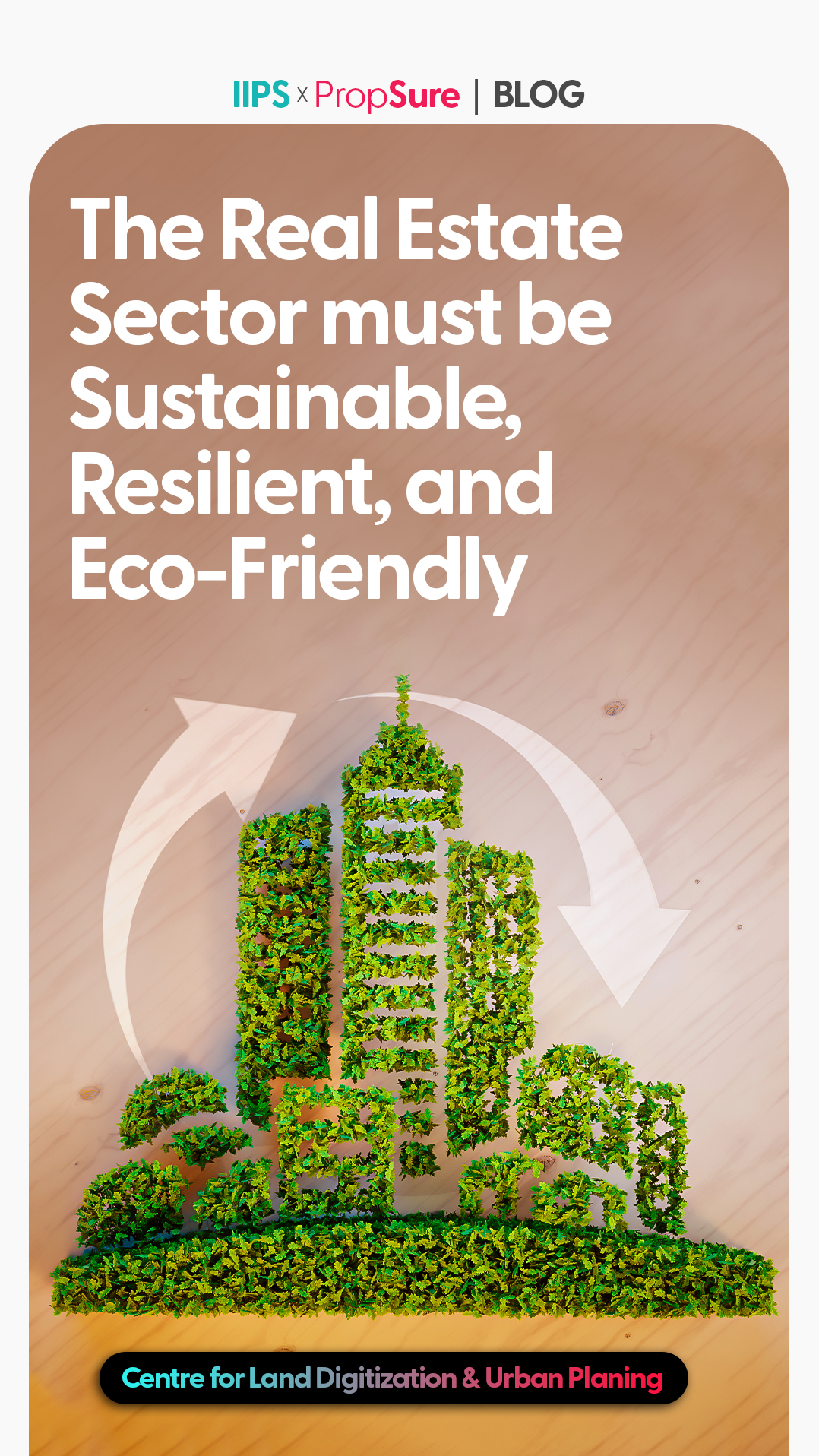The real estate sector has a vital role in preventing the degradation of the environment. The industry must become an active contender and a driving force to achieve sustainable development objectives without compromising the ability of future generations to meet their resource requirements (Peiser and Wiegelmann 2016). The built environment contributes to over 40% of total world carbon emissions and consumes about 30% of the energy production. Adopting sustainable practices in businesses often focuses on the energy and transportation sector; however, there are many areas that can be included in the purview of sustainable, resilient, and eco-friendly development.
What is the Built Environment?
“The built environment –where we live, work, and interact with others – has a defining influence over our ability to lead healthy, fulfilling lives” More than half of the world’s population will be concentrated in urban areas, and by 2050, two-thirds are expected to be living in urban spaces (SDG, 2015). As we plan for a rapidly urbanizing world, there is a significant responsibility for the people working in the built environment sector to work for sustainability for the future of the people who inhabit it.
Sustainability in the Real Estate Sector?
But what does we exactly mean when we talk about sustainability in real estate sector? “Instead of using materials and strategies which adds to carbon footprint, sustainable real estate development aims to reduce the impact of a built unit on the environment, from the materials used to daily operations”.
Time to Bring a Change
We talk so much about sustainability, resilience, and environment-friendly practices but, what we are doing about it? According to the status of global carbon emissions, to meet our Climate Targets, we must take strict and collective actions to achieve net-zero CO2 emissions (SDG, 2015). By upgrading the provision of efficient energy and shifting towards renewable resources, we can reduce operational carbon emissions. If we wish to achieve the goal of net-zero carbon emissions by 2040, we must act on a proper plan for achieving SDG targets. It is not impossible to implement the net-zero emission goal; it requires the real estate sector to adopt these principles: Reuse: Using recycled materials for construction and renovating the existing buildings and structures. Reduce: Reduce the Use of materials with low to zero carbon emission potential in construction. Sequester: Establishing sequestering sites and materials to store carbon emissions. Trees play a significant role in capturing and sequestering carbon. Trees with the highest carbon capturing and sequestering capacity are the live oak, the east Palatka Holly, the Slash Pine, and the Bald Cypress. (Collins, 2021) Three construction materials, i.e., Aluminum, Steel, and concrete, are responsible for 23% of the total global carbon emissions in the built environment. There is a great opportunity to reduce embodied carbon in these materials by innovating developing climate policies, modifying construction design, and selecting materials. The writer (Miss. Hajra Malik), an Environmental Officer at PropSure Digital Solutions Pvt. Limited



Comments (1)
Well researched and articulated article